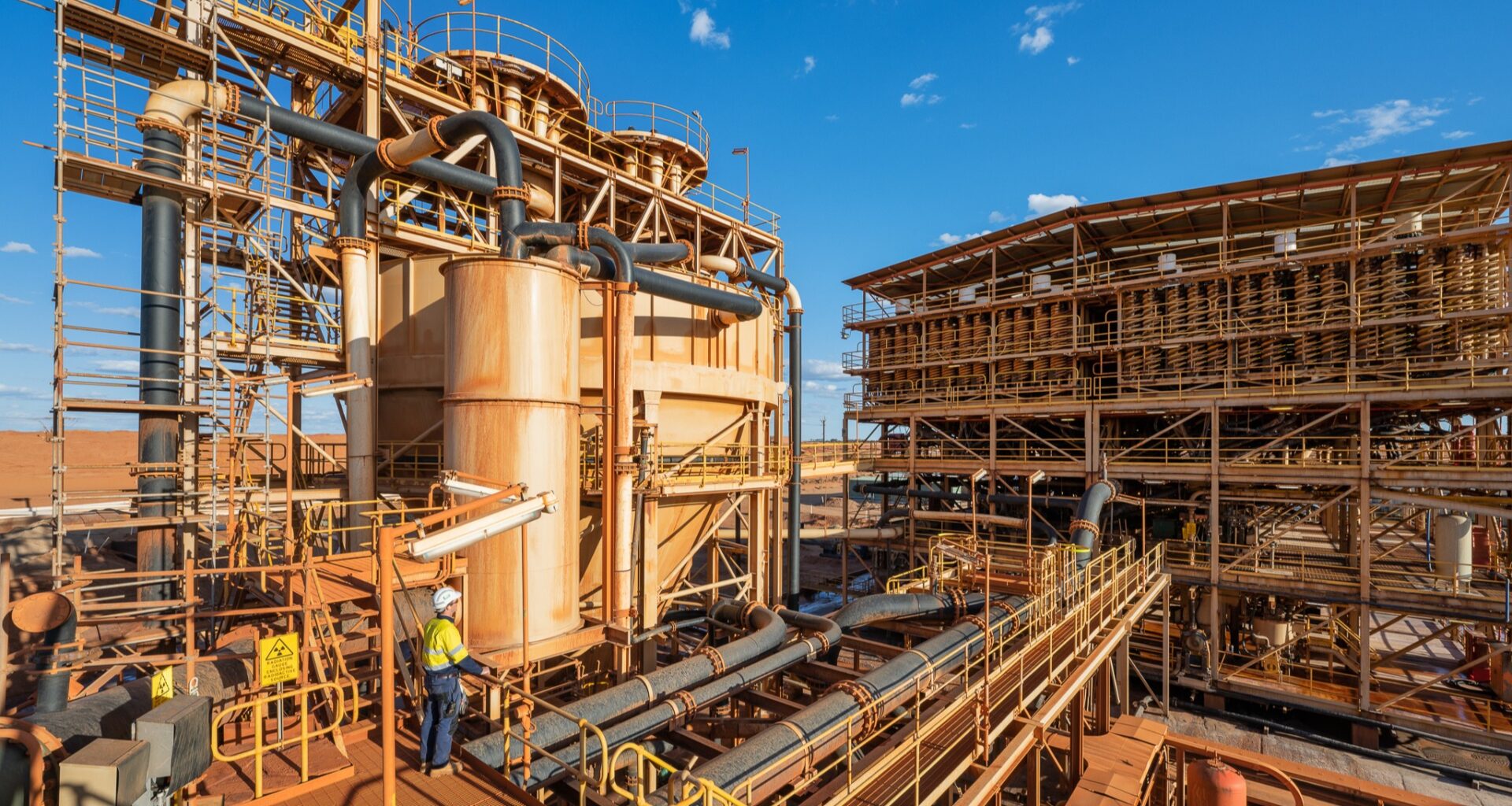Debate has reignited in Australia over how to leverage its rare earth resources to tackle China’s stranglehold over the industry, following Beijing’s tightening of export controls and Australian miners providing feedstock for a landmark magnet factory in Europe.
The world’s fourth biggest rare earth reserves are in Australia, making it a key player in the race to build a supply chain outside China, which has the most reserves and controls more than 85 per cent of downstream processing.
Australia is developing some of the world’s biggest rare earth processing and refining capacities outside China, but industry experts are urging a faster build-out to help secure western supply chains and create a commercially viable industry domestically.
“If you go all the way to completion and sell [rare earth] products, you can make some good money. But if you just sell the minerals, you don’t get that much out of it,” says John Mavrogenes, an economic geology professor at Australian National University. “If we were to get serious, we need to go further down[stream].”
Europe has turned to Australia to supply its factories converting rare earths into the permanent magnets needed to power green technologies. In September, Canada’s Neo Performance Materials opened what it describes as Europe’s first mass-scale production plant for these magnets in Estonia, announcing that the feedstock comes from Australia.
Neo’s vice president for corporate development, Vasileios Tsianos, tells fDi that rare earths major Lynas is a supplier. Meanwhile, ASM’s first commercial sales of terbium and dysprosium metals was a sample sent to the Estonia plant. Hastings Technology Metals also has an agreement with Neo to explore supplying the Estonia plant in future, and a similar pact with Solvay, which is developing a magnet facility in La Rochelle, France.
No free market
The Estonia factory opening has shone a light on Australia’s important role as a source of rare earths to build supply chains beyond China, but also its need to expand downstream capacity.
Tim Buckley, director of think-tank Climate Energy Finance, is among those calling on Australia to do more “value-add” to its resources, arguing: “We’ve been a quarry to the world for too long.”
Lynas is the largest separator of rare earth oxides outside China thanks to its plant in Malaysia, but it also operates a processing facility in Australia. The country’s only other two notable downstream projects are separation plants being developed by Illuka Resources in Western Australia and Arafura Rare Earths in the Northern Territory.
Illuka has received A$1.65bn ($1.08bn) and Arafura A$800mn in debt support via the government’s Critical Minerals Facility. The Future Made in Australia Act, which was introduced last year, also offers a 10 per cent tax credit for rare earth processing and refining.
But Buckley is among those calling on Canberra to go further. He says the government “needs to review the MP Materials deal”, which saw the Pentagon invest $400mn in the US miner, and guarantee a 10-year offtake agreement at a price double the current market rate.
“The idea of leaving [rare earths] to a free market when the free market is not the major player is absolutely flawed,” he says. On October 10, Beijing tightened its controls on rare earth magnet exports, which has prompted warnings from companies over broken supply chains.
Buckley concedes that replicating the end-to-end support offered to MP Materials deal isn’t right for Australia, because of the financial commitment required and concerns over its ability to create a competitive industry in the long term.
Instead, he aligns with the approach favoured by Australian rare earth miners, which is for the government to use its A$1.2bn Critical Minerals Strategic Reserve to provide price guarantees.
Canberra has been meeting with industry leaders in recent weeks as it finalises the structure of this tool to take effect next year. Luca Giacovazzi, CEO of Perth-based rare earth miner Wyloo, says the company has discussed with the government a pricing mechanism that would ensure government support during periods of low prices, which would be “recouped” during periods of high prices. “Bold policy such as this would provide industry with the certainty it needs to finance the development” of projects on commercial terms, he says.
Further reading on rare earths:
International consortia
Notwithstanding the push to expand downstream, the consensus in Australia is that the best chance of building a China-free supply chain is through international alliances and projects like Neo’s.
“We need alliance models that bind together states, industry consortia and research hubs to share knowledge, expertise, and most importantly, risk . . . [rather than] reinventing silos,” says George Barakos of the Western Australia School of Mines.
Mavrogenes also suggests that if a number of governments could agree to create an international consortium, whereby they collectively guarantee an offtake price, “maybe that would give us a decade to get our ducks in a row and hopefully create self-sustaining industries”.
While the US is trying to go it alone, he adds, “the rest of the world probably has to be collegial and try to link up.”
